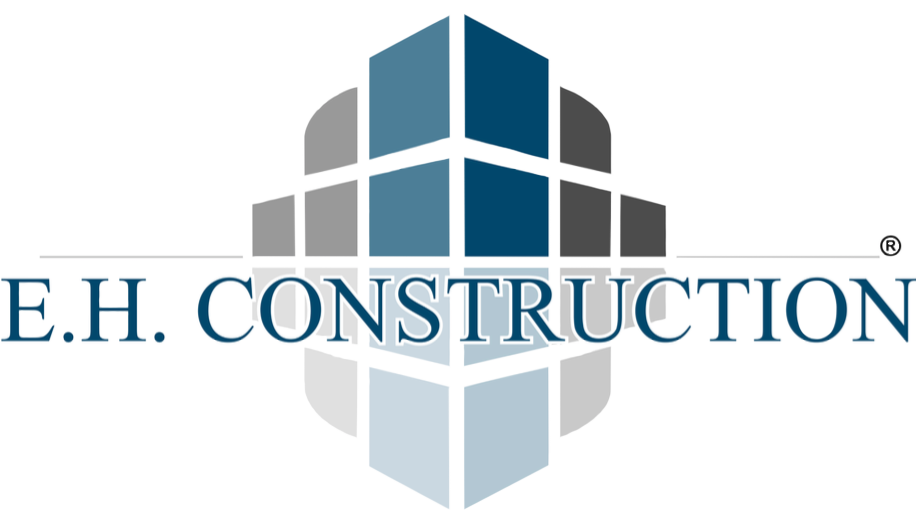The Psychology of Space: How Home Design Affects Your Mood (And Why You Might Need a Contractor for a Glow-Up)
Let’s be real: we’ve all walked into a room and immediately felt ugh. Maybe the ceiling was too low, the lighting too harsh, or the colors screamed 1970s basement. On the flip side, we’ve all also experienced a space that just feels right—like your soul took a deep breath. That’s not just vibes—it’s psychology, baby.
The design of your home (or office, or backyard she-shed) has a massive impact on your mood, behavior, and even your sleep. So whether you're a design lover, a first-time homeowner, or just someone who's trying to feel something again—this one's for you.
1. Open Floor Plans = Open Minds
If your home feels cramped, your brain might too. Studies show that open layouts with minimal obstructions can improve mood and even reduce stress. Why? Our brains like flow—literally and figuratively.
That’s why custom home builders and general contractors are seeing more clients asking to knock down walls (or at least form more open spaces). Open floor plans not only boost sociability, but they can make your space look larger—without increasing your cost to build a house.
Bonus: Less bumping into corners = fewer bruises. You're welcome.
2. Let There Be Light (And Airflow, Please)
Natural light is a game-changer. It boosts serotonin, regulates your circadian rhythm, and makes that countertop latte pic pop. Dark corners, on the other hand, can make you feel boxed in and sleepy.
That’s where good floor plans, thoughtful framing, and proper gable and window placement come in. And don’t forget forced air heating/cooling—because nobody’s cheerful when they’re sweating through their hoodie.
Want to level up? Consider a passive house design for eco-friendly, mood-boosting airflow that aligns with green building principles.
3. Color Theory: It’s Not Just for Art Class
Color plays a huge role in how we feel. Blues and greens are calming. Yellows spark creativity. Reds? Great for a dining room if you're trying to eat faster (but also raise your blood pressure—use wisely).
When working with your contractor or reviewing blueprints, factor in how color will interact with natural light, furniture, and even texture (hello grain and green board finishes). Don’t just paint because it’s “trendy”—paint with intention. Your brain will thank you.
4. Organized Spaces = Calmer Minds
Ever feel overwhelmed by clutter? You’re not alone. Clutter overloads the brain with unnecessary stimuli. So before you go Marie Kondo-ing your life, consider the form and foundation of your storage spaces.
Built-ins, smart CAD (Computer-Aided Design) shelving, and even mood-boosting frieze board (bird block) accents can make organization feel less like a chore and more like design therapy.
Even simple upgrades—like defining zones in an open space—can bring clarity. Builders love this stuff. Ask your construction company about small storage add-ons that make a big impact.
5. Texture + Materials = Sensory Bliss
Smooth marble. Raw wood. Soft textiles. Rough concrete. All these materials affect how a room feels—and not just physically.
Natural materials like wood and stone ground us. Industrial elements like ready mix concrete, flatwork, and exposed glulam (glued laminated beams) can make us feel modern, energized, and yes—cool.
You don’t need a backhoe to overhaul your space. Sometimes just changing out the fascia, adding better flashing, or swapping out synthetic for natural textures can shift the energy of a room.
6. Space to Breathe = Room to Feel
Here’s a big one: your home should include spaces that help you reset. A reading nook. A yoga corner. A bath so good you feel like you’re in a commercial.
A thoughtful floor plan can make or break this. When working with your contractor, be intentional about creating zones—spaces that serve your mental well-being as much as your functional needs. And don't skimp on ventilation—especially if you want to avoid mold (damp proofing saves lives and noses).
7. Building a Vibe Starts with a Good Team
Whether you're designing a green building, reworking your foundation, or finally tackling that change order that’s been sitting in your inbox for months—working with a pro is key.
Look for a construction company that understands not just the bones of a house, but the soul of a space. Bonus points if they use BIM (Building Information Modeling) or send a daily report so you're never left guessing what’s going on at your construction site.
And yes—don’t forget about things like cost codes, cost-plus contracts, and the occasional bid battle. It’s all part of the emotional rollercoaster we call building construction.
Final Thoughts
Your home isn’t just where you live—it’s where your mood lives. Every detail, from the felt (underlayment) beneath your shingles to the footer (footing) under your slab, plays a role in how you feel inside your own space.
So whether you’re renovating, building new, or just rearranging your furniture at 2 a.m. (no judgment), remember: good design is good psychology.
And if you need help bringing your vision to life? Call your favorite contractor, grab those blueprints, and let’s start designing your happy place. 🏡🧠
Because a well-built home isn’t just about structure—it’s about how you feel when you walk through the door.

